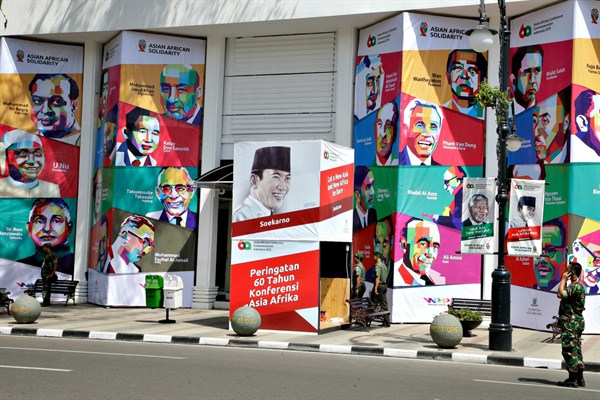Not so long ago, nations of what was once called the Third World commonly looked to each other as prospective allies and partners, even extending their diplomatic ties across the oceans in order to advance their shared interests and protect themselves amid the dangers and complexities of the Cold War.
The most famous moment of this period was undoubtedly the Bandung Conference in Indonesia in 1955, which brought together 29 Asian and African states with a combined population of 1.5 billion people and led to the formation of the Non-Aligned Movement. The momentum of Bandung was seriously blunted by the 1962 war between the two giants of the conference, China and India, but much of the spirit of the era persisted at least into the late 1970s, when both politicians and intellectuals from many non-aligned countries continued to invoke the mantra of solidarity.
What drove the peoples of many disparate countries together, however tenuously, was their shared feeling of being threatened or exploited by the era’s rival superpowers, the United States and the Soviet Union, which sought to impose their competing ideologies on others and thereby divide the world up between themselves.

